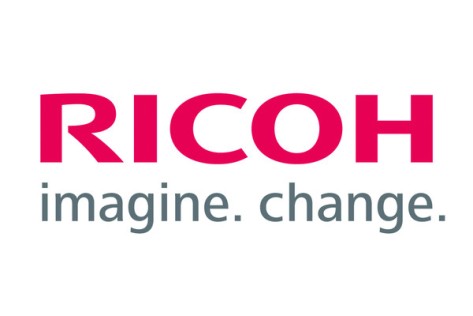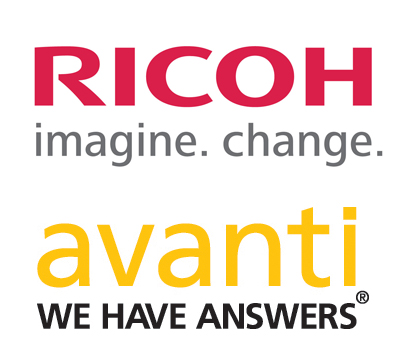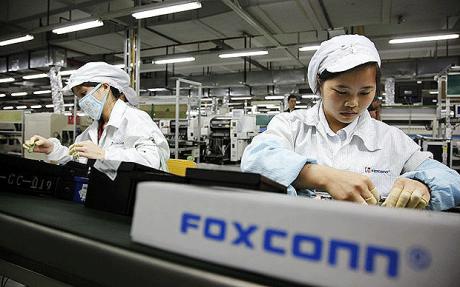
Developments in both audio visual (AV) and information technology (IT) are leading to a ‘convergence’ of the two sectors. This is similar to what has already happened in other markets once open, connected and scalable internet technology became pervasive. Those working in IT and AV need to better understand each other and the consequences of technology advances in each sector, to plan effectively for the future.
Mobile working, sharing and collaborating
IT assets are no longer tied to an edge device or server in the back of the office, but are now accessible anywhere, often wirelessly on anything via a centrally managed service from the cloud.
There is a ‘digital overload’ with multiple sources, sensors and devices delivering a huge variety of real-time data to be accessed and interpreted via a multi-channel blend of communications, devices and screens.
With more information to share and faster timelines, the ever-present quest for productivity and collaboration is a top priority for IT that smart use of AV could help support. Further advances in the technology landscape highlight some ways that IT and AV are becoming more closely integrated. This will help to better meet the changing needs of the working environment.
Software defined world – convergence of data, separation of control
As more is connected, the shift is towards ‘webscale IT’. This is the approach typically used by companies such as Google or Facebook. The move is to the use of mesh networks with intelligence pushed to the edge, and software defined abstraction where data control and flow are separated.
Distributed intelligence with central coordination from the cloud is also relevant for AV, where technology was once proprietary and self-contained. The trend is now to open interfaces and a ‘single pane of glass’ (the wonderful ‘SPOG’) or web console, to manage all network accessible resources.
Automation and smart assistance
Data volumes from social media, embedded electronics and sensors increasingly need artificial intelligence and machine learning to glean previously undiscovered insights for business processes and user guidance.
Intelligence is also being embedded in devices and facilities to automate the use of AV equipment. Sensors can indicate when and how many people enter a room; light levels and ambient settings can be adjusted automatically as the facilities ‘self-organise’ around the needs of those present.
Presentation and digital blurring
High definition 4K has become standard and affordable. There is an increasing availability of large displays and further innovative displays such as curved LED walls. Touch screens and wireless tablet controllers are opening up software interfaces with systems exploiting visual feeds using cameras and sensors to understand movement to control camera pointing and zoom and manipulate complex data through gesture control.
Virtual Reality (VR) now delivers an affordable environment, from cardboard headsets wrapping over mobile phones to high end immersive systems. Augmented Reality (AR) further blurs the physical and digital worlds, with applications from architectural visualisation to supporting maintenance operations through animation. The integration and manipulation of data for these hybrid applications requires alignment between the skill-sets of AV and IT.
Just as mobile phones moved from simple telephony to be sophisticated computing devices connected to enterprise IT, AV has also evolved from standalone devices into a sophisticated networked IT ecosystem. This convergence of AV and IT brings exciting opportunities, but also challenges. Professionals in both of these areas of technology will be aiming to grow their understanding of each other’s sector.
Trade-shows once specific to the AV sector, such as ISE in Amsterdam in February, now feature many aspects of IT from security and management to collaboration and mobile working. Sure, there will be plenty of big screens and fancy audio with glitzy appeal. But IT managers looking to better understand the opportunities and challenges of integrating AV into their day to day IT infrastructure will now also find ISE a professionally enlightening event to attend. ‘Converging’ with fellow experts from the world of AV would certainly be a good step towards ensuring AV/IT integration is smooth, seamless and successful.
Originally posted @: http://www.computerweekly.com/blog/Quocirca-Insights/The-convergence-of-AV-and-IT






